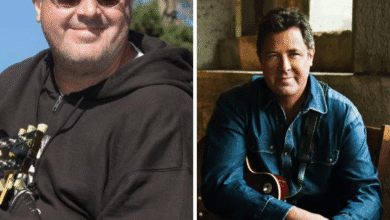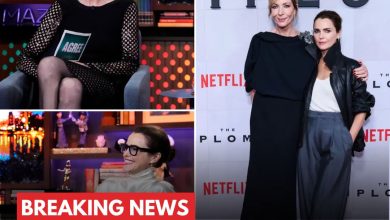Hoyer’s Hard Pivot: Cubs Shifting Focus to Pitching Amid Kyle Tucker Exit.vc
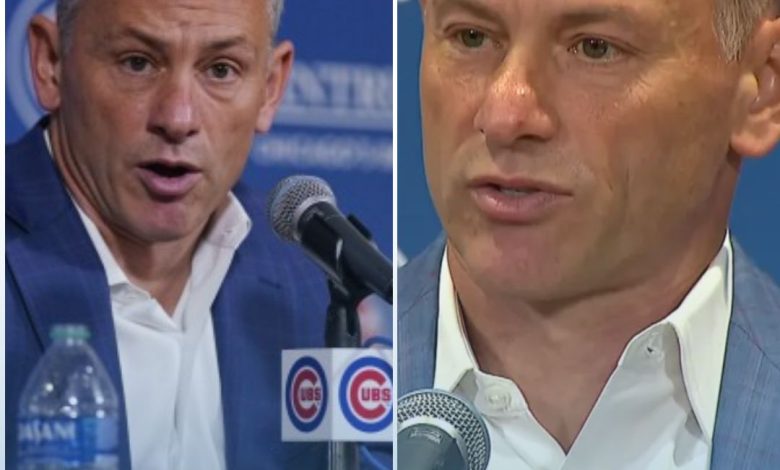
CHICAGO, IL — The Chicago Cubs are entering a crucial offseason defined by a strategic shift, as top analysts widely expect President and General Manager Jed Hoyer to let superstar outfielder Kyle Tucker walk in free agency. This departure, combined with the surprising loss of starting pitcher Shōta Imanaga (whose club option was declined), is setting the stage for a dramatic refocusing of the team’s spending and roster construction.
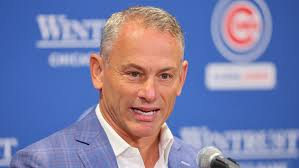
The prevailing narrative, as reported by ESPN’s Jesse Rogers and numerous other outlets, is that the Cubs are “likely going to let Tucker walk” due to his projected contract, which is estimated to be in the unprecedented range of 10 to 11 years and $400 – $427 million.
The Strategic Shift: Position Players Out, Pitching In
The Cubs’ strategy appears to be a clear pivot away from investing heavily in marquee free-agent hitters, like Bo Bichette, Cody Bellinger, or Pete Alonso. Instead, Hoyer’s plan seems to prioritize two key areas:
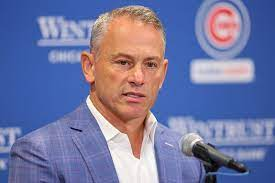
1. Internal Hitting Development
The Cubs believe their farm system is ready to fill the offensive void left by Tucker. This strategy hinges on the progression of several highly-touted prospects who are either MLB-ready or approaching their debut in 2026:
- Pete Crow-Armstrong (OF): Already a factor and projected for a breakout, he is the key homegrown piece in the outfield.
- Owen Caissie (OF): A powerful left-handed hitter with an ETA of 2025/2026.
- Moisés Ballesteros (C/1B/DH): An elite contact hitter who slashed .316/.385/.473 at Triple-A in 2025.
- Kevin Alcántara (OF): An athletic, high-upside outfielder with an ETA of 2025.
By relying on this pipeline, the Cubs aim to develop a cost-controlled, powerful young core to supplement players like Dansby Swanson, Ian Happ, and Nico Hoerner.
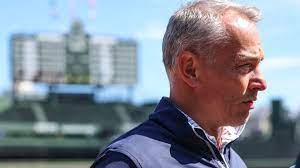
2. Pitching Staff Overhaul
The money saved from not signing Tucker will likely be redirected to address the starting rotation and bullpen, which have immediate, glaring needs due to the departure of Imanaga and the long-term recovery of Justin Steele (Tommy John surgery).
- Rotation Targets: The Cubs have been heavily linked to top available arms:
- Framber Valdez (Projected 5 years, $150M)
- Dylan Cease (Projected 7 years, $210M)
- Tatsuya Imai (NPB Star, high upside)
- Ranger Suárez
- Bullpen Targets: The team is also expected to pursue high-leverage relievers like Seranthony Domínguez and Pete Fairbanks.
The immediate goal is to build a formidable pitching staff around the promising Cade Horton and a recovered Justin Steele (when he returns later in 2026), giving them the “power arms” necessary to contend in the NL Central.
The Risk of the “Process”
This decision, however, carries significant risk and potential fan backlash:
“Counting on internal bats to step up while investing heavily in arms requires the kind of precision roster-building that’s eluded Chicago since its 2016 title run. And if Tucker leaves, the optics are what they are – another star hitter walking away while the Cubs talk about ‘process’ and ‘balance.’“
The Cubs are betting big on their prospect development. If the young hitters struggle, the team will once again face questions about its willingness to spend at the top of the market to acquire proven offensive talent.

The Cubs are linked to several high-end pitchers, including Framber Valdez (groundball specialist) and Dylan Cease (high-strikeout power). Based on the stated need to bolster the rotation without Justin Steele for a significant part of 2026, which pitcher’s profile would provide the Cubs with the most immediate and necessary boost to their staff?

